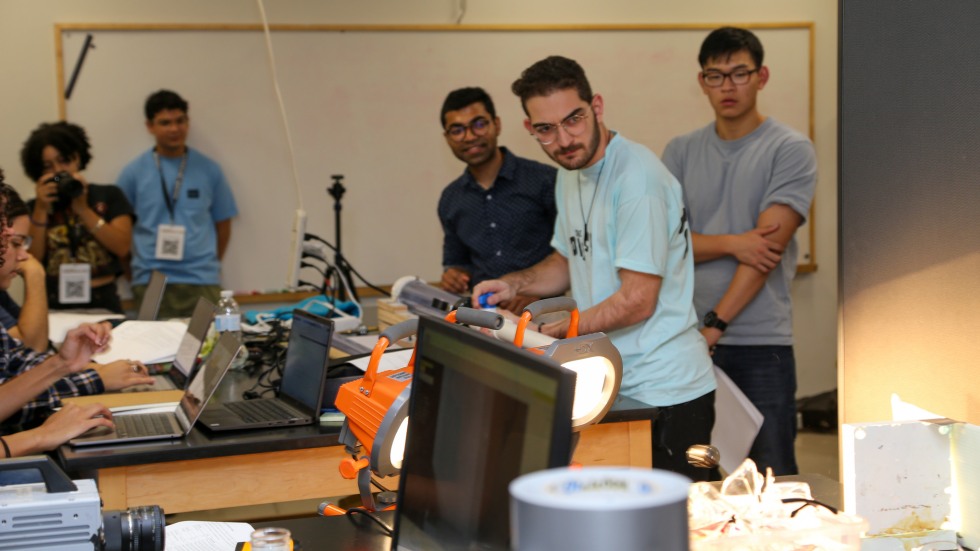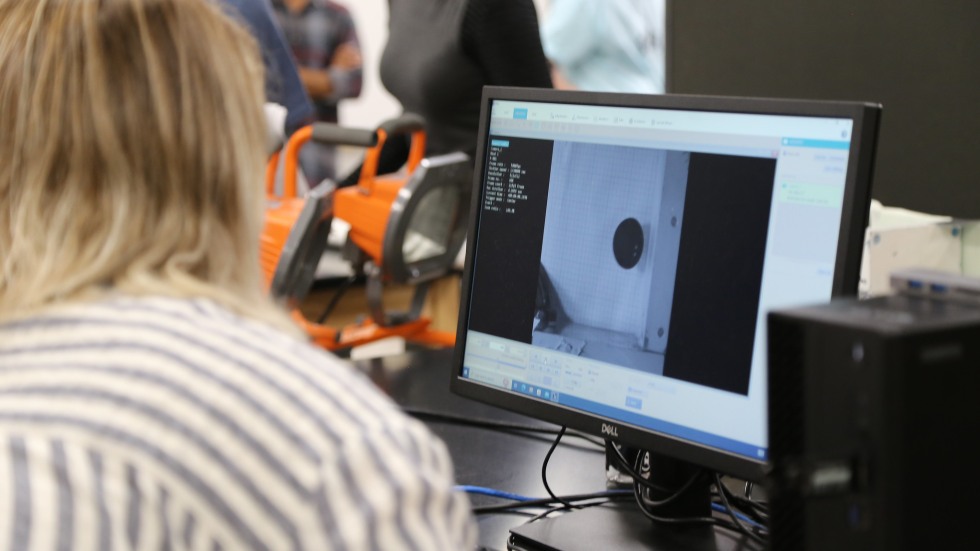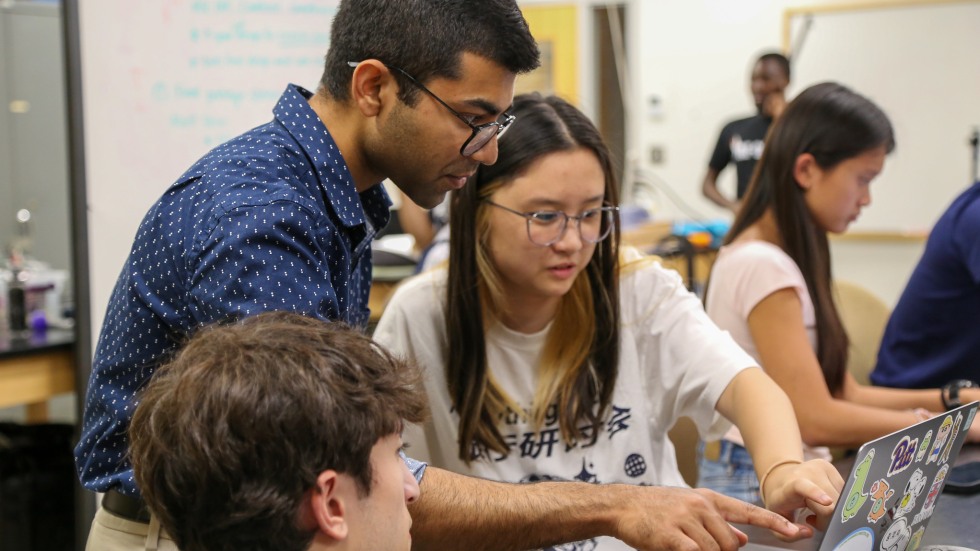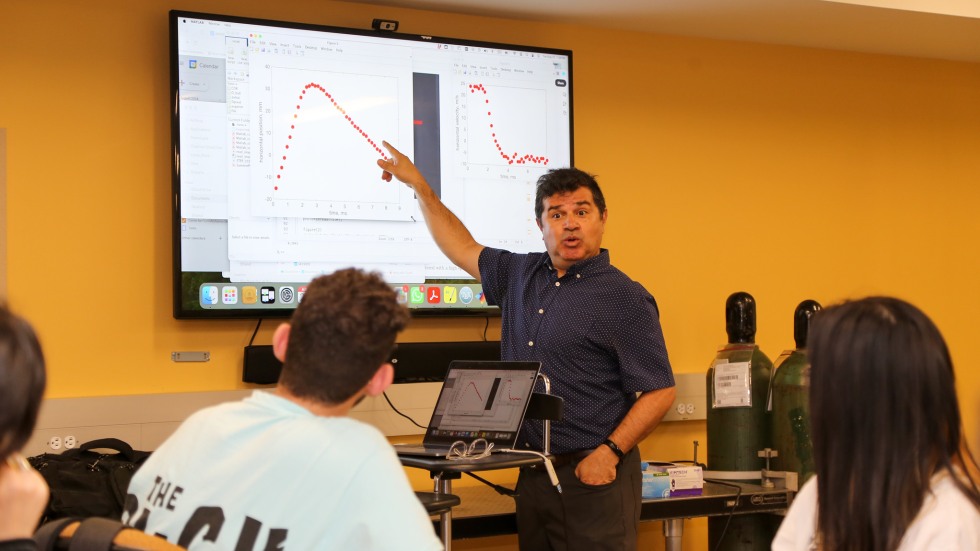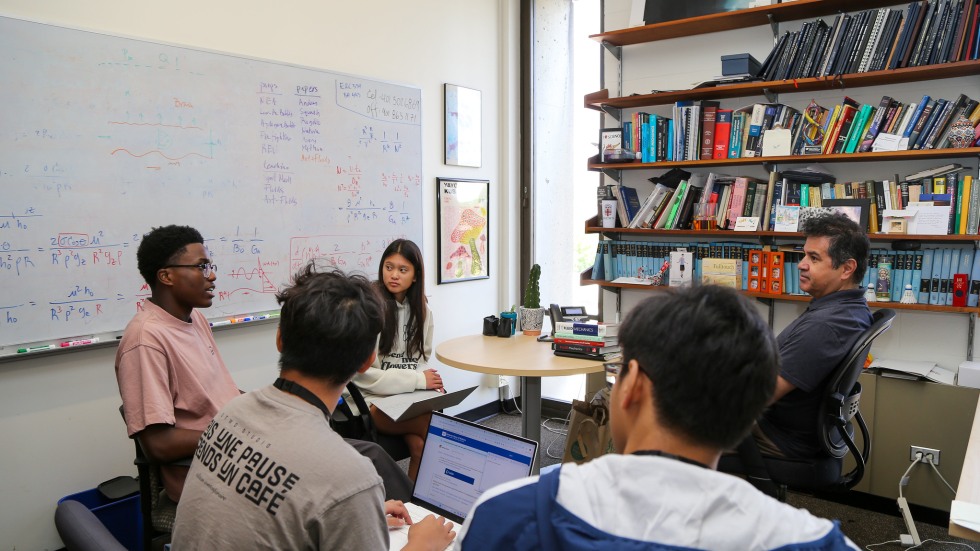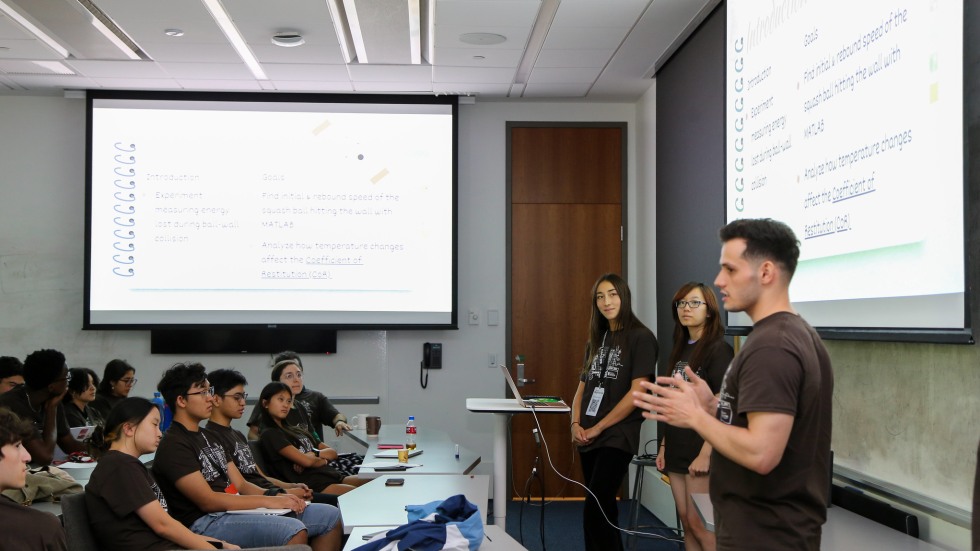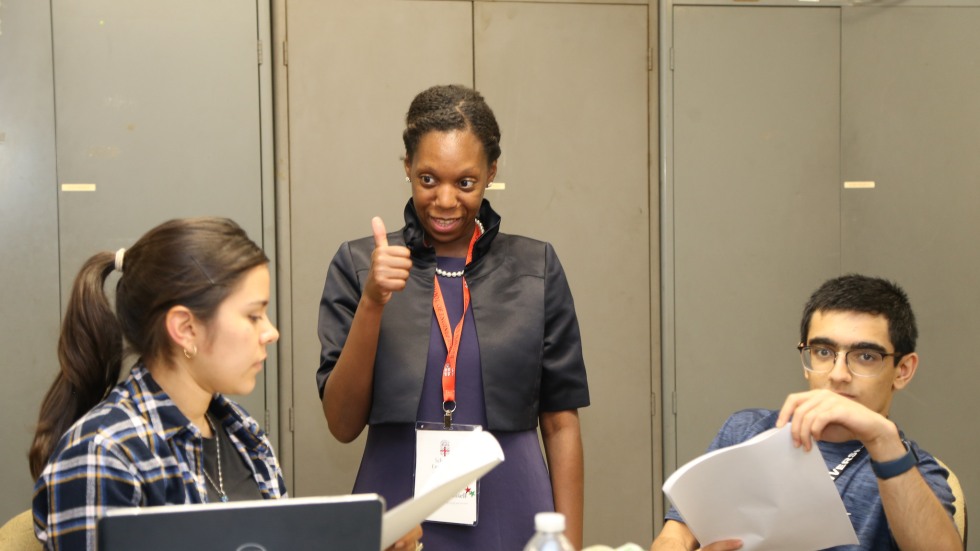It was the prospect of doing something “collaborative” that drew Alicia Chen ’28 into the STEP program, as she was looking forward to meeting and talking with peers before the start of classes. The STEP residency program was the conclusion for a select number of rising first-years who had attended the online series of modules facilitated by Associate Dean Megan Russell prior to the start of the fall semester.
Engineering’s STEP program is the newest pre-orientation program offered at the University, welcoming students to campus before classes begin and designed to foster inclusion, community, and the inspiration needed to thrive as a Brown engineer. It included exposure to key mathematical concepts and problem-solving exercises that engineers are likely to encounter during the first year of engineering studies, and beyond.
STEP was modeled after Computer Science’s Mosaic+ Transition, a year-long mentorship and peer-support program that welcomes newly admitted underrepresented students to Brown’s Computer Science department. That program also begins with an online summer course, followed by a week of on-campus activities and tasks to help prepare them for the rigors of computer science just before the semester begins.
The online portion of Engineering’s STEP was held from July 8-August 16, with the in-person residency following from August 19-23. During both pieces of the hybrid format, Russell meticulously planned how students would engage with the various support resources available across the University and the School of Engineering. No prior engineering experience was required.
Seventy-seven incoming engineers participated in the seven-week online session, logging more than 1,700 online learning hours and sharpening calculus and problem-solving skills, while unpacking engineering culture. Modules in Coursera on learning styles and communication were interspersed with problem-solving strategies and calculus reviews. Students explored access to Schaum’s study guides and entered into breakout sessions for targeted math and science discussions in smaller groups. University personnel from the Center for Career Exploration, the Chaplain’s Office, Stonewall House, and Engineering professors like Sorensen Family Dean Tejal Desai, Louise Manfredi, and Alex Zaslavsky introduced themselves online to the cohort, coming “live” via Zoom from their offices and campus spaces. Current engineering concentrators serving as STEP coordinators answered questions and moderated breakout rooms as needed to make sure all students were engaged.
By Tuesday morning of the residency week, with two dining hall experiences, dorm room keys and student IDs all situated, the smaller on-campus cohort sat through its first lecture on the mechanics of sports: ball collisions. Professor Roberto Zenit, who instructs several first-year engineering courses and is the Royce Family Professor of Teaching Excellence in Engineering, introduced the idea of using the mechanics of impact to understand sports. After the lecture, he opened his laboratory for two days of group collaboration, where students learned to lean on each other to explore problem-solving exercises and experimentation for the project.
